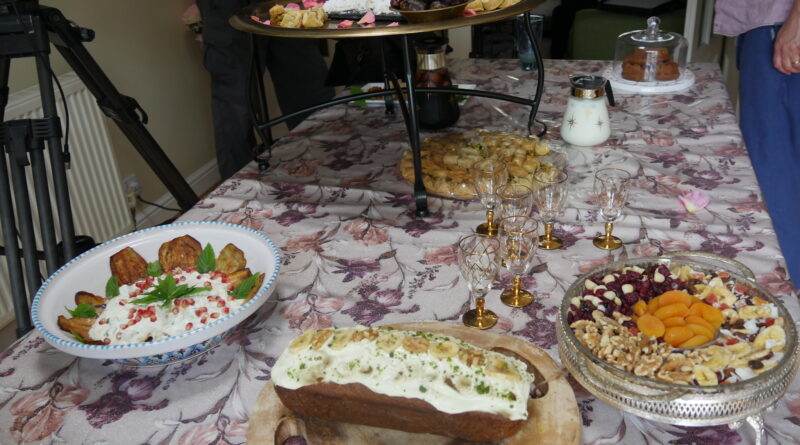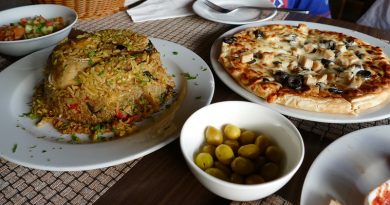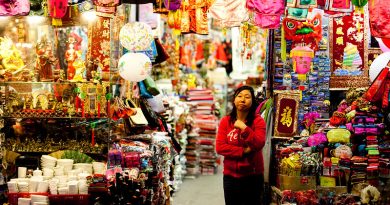The Food of Ramadan
Ramadan (also known as Ramazan, Ramzan, Ramadhan, or Ramathan) is the 9th and holiest month of the Islamic calendar, when Muslims across the world fast during the hours of daylight.
After dusk Muslims break their fast with a meal called the iftar, often eaten with family members or with the local community at a mosque. Another smaller meal known as suhoor is eaten just before dawn.
Because these meals need to provide enough sustenance throughout the entire day, many dishes are associated with (and sometimes only served during) Ramadan. Most contain plenty of complex carbohydrates, which release energy slowly, and are low in fats and sugar. Foods that hydrate and don’t take long to make (like soups) are common, while spicy dishes such as curries are avoided.
It’s important that the food for iftar looks the part, since before breaking their fast Muslims can only feast with their eyes. Despite what you might think, many Muslims actually eat more food during Ramadan than other times of the year. For example, in Egypt consumption of food rises by about 50% during the holy month.
Iftar
Traditionally iftar begins with the consumption of dates, which are excellent sources of fibre, sugar and slow carbohydrates. Dates are also believed to be the food that the Islamic prophet Muhammed broke his fast with during Ramadan, along with camel milk and water.
Iftar generally contains foods from all food groups; fruits and vegetables, grains, nuts, beans/meat and dairy. Hydrating vegetables and fluids are also commonly consumed.
Some traditional meals for iftar include:
- Mahshi (Egypt) – rice stuffed into eggplant, peppers, tomatoes and zucchini
- Biryani (India) – a mixed rice dish made with spices, egg, meat and vegetables
- Tabbouleh (Levant) – salad made of soaked bulgur, parsely, mint and tomatoes
- Harira (Morocco) – a rich brown soup made of lentils, chickpeas, rice and meat stock
- Maqluba (Palestine) – meat, rice, and fried vegetables placed in a pot, which is then flipped upside down
- Mansaf (Jordan) – lamb cooked in yogurt, served over rice and garnished with almonds and pine nuts
Suhoor
Suhoor is a simpler affair than iftar but still needs to be wholesome to provide enough energy to last during the long hours of fasting. Protein-rich foods are preferred here, including eggs, meats and dairy. Foods such as oats which are slow to digest but high in fibre are also common.
Some traditional meals for suhoor are:
- Egg Brik (Tunisia) – whole egg in a triangular pastry pocket with chopped onion, tuna, harissa and parsley
- Ful Ramadaan (Egypt) – a variation on Egypt’s national dish fūl or ful medames, a traditional bean stew made from cooked fava beans with olive oil, lemon juice and garlic
- Aloo ki Bhujia (Pakistan) – made with spiced potatoes and eaten for suhoor during Ramadan
Eid
The end of Ramadan is marked by a big celebration called Eid al-Fitr (also called “Id al-Fitr” or “Hari Raya”) the Festival of the Breaking of the Fast.
Special food is cooked for the occasion, including a particular focus on sweets.
Some traditional Eid foods include:
- Ma’amoul (Levant) – shortbread pastries filled with dates, pistachios or walnuts
- Laasida (Morocco) – buttered couscous served for breakfast
- Seviyan (India) –vermicelli noodles made with milk and sugar and flavoured with cardamom
- Kuih (Malaysia) – colourful bite-sized cakes made with butter, wheat, eggs and sugar
- Kahk (Egypt) – cookies filled with honey, walnuts and pistachios




